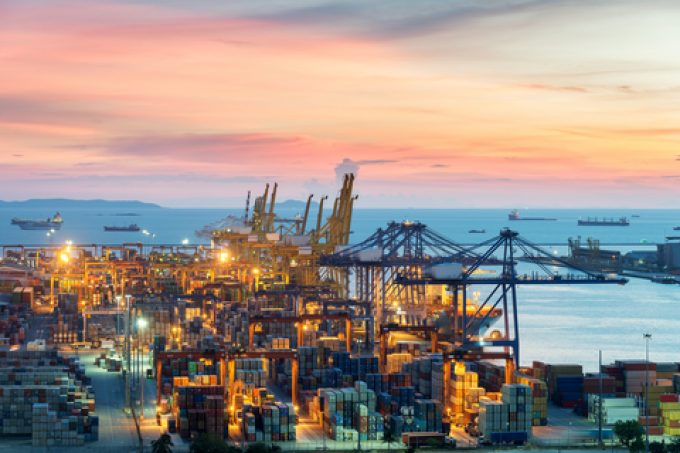
Equipment shortages in Asia will get worse over the next two weeks, say carriers, impacting both deepsea and intra-Asia trades.
Maersk has told customers the strong cargo demand out of Asia Pacific would likely continue throughout the second-quarter, but…
“Schedule reliability is impacted by two main factors: recent delays
from Europe via Suez Canal; and lower port productivity, especially on
transpacific and European trade routes,” the company added.
As a result, the shortage of empty containers remains an
“industry-wide challenge” across Asia, said Maersk, with this week and
next seeing the “largest impact” because “empty containers coming back
to Asia are delayed and import returns are lower”.
This will affect ports in China and also Busan, Korea, according to
the shipping line. For example, while its stock of 20ft containers is
‘adequate’, its 40ft high-cube numbers won’t cover demand forecasts.
“Shanghai and Ningbo are majorly impacted as they provide the main
bulk of supply to Europe,” explained Maersk. “Furthermore, with all
these delays, coastal re-positioning might be impacted.
“From 3 May, the situation will be improving, and we expect empty container supply to normalise for the week of 10 May.”
The region’s equipment shortages and port congestion are flowing into intra-Asia trades, too. Last week, data from Project44 showed some 370,000 teu en route to Singapore, where, according to Maersk, there is a 1.5 day wait for vessels to berth.
Charlie Chu, executive vice president at Thai intra-Asia specialist
Regional Container Lines (RCL), said port congestion was getting “much
more serious” following the Ever Given incident, and “we estimate this may impact the whole supply chain for a couple more weeks at least”, he told The Loadstar.
“The main congestion is at Singapore and Port Klang. On top of this,
some Chinese ports like Shanghai, Ningbo, Qingdao and Shekou are
suffering with bad weather and ship bunching, which is also making the
congestion more serious.”
Furthermore, he said, the slow turnaround of vessels and boxes from
the US and Europe was also impacting the intra-Asia container supply.
“And some mainline operators have switched their ships from
intra-Asia to the deepsea trades, which has squeezed out the capacity
supply for the regional market,” Mr Chu added.
This has helped push freight rates back up to levels seen prior to
Chinese New Year, he said, noting the market had been “soft” following
the holiday.
Nevertheless, carriers continue to add new intra-Asia capacity. This
month, RCL, with partner ONE, launched a loop between Pusan, Qingtao and
Shanghai to Laem Chabang. And last week, MSC updated four intra-Asia
services to offer “competitive transit times between China and
South-east Asia, particularly from China to Vietnam and Thailand, and
new direct connections between China and Malaysia”.
Grace Chia, commercial general manager of MSC’s regional office in
Asia, said more companies were seeking to diversify supply chain risk,
which was driving further growth for intra-Asia lanes.
“We are seeing an increased flow of components, raw materials and
semi-finished goods being shipped between countries in Asia before the
finished products are shipped out to other regions,” she said.